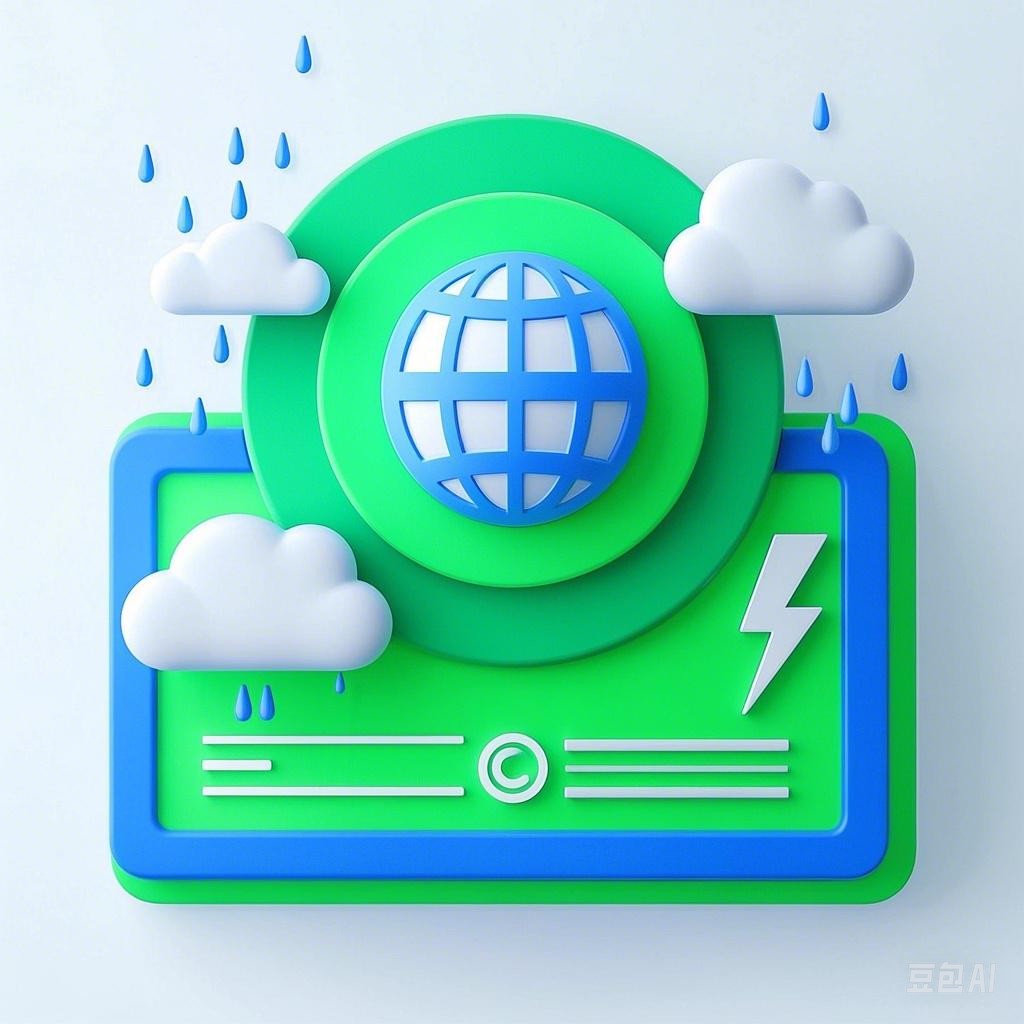Introduction
Extreme weather events, such as hurricanes, typhoons, and severe storms, have been increasing in frequency and intensity in recent decades. This article delves into the causes behind these intensifying storms, exploring various factors such as climate change, natural cyclical patterns, and human activities.
Climate Change and Global Warming
One of the primary causes of the intensifying storms is climate change, particularly global warming. As the Earth’s temperature rises, it leads to several changes that contribute to the formation and intensification of storms.
Increased Sea Surface Temperatures
Warmer sea surface temperatures provide more energy to storms, allowing them to intensify. The heat energy is converted into kinetic energy, which fuels the storm’s strength. For example, hurricanes gain energy from the warm waters of the tropical oceans, and as these waters warm, hurricanes can become more powerful.
Increased Moisture in the Atmosphere
Higher temperatures also lead to increased moisture in the atmosphere. This additional moisture provides more fuel for storms, as it contributes to cloud formation and precipitation. The increased moisture content can lead to heavier rainfall and more intense storms.
Changes in Wind Patterns
Climate change can also alter wind patterns, which can influence the development and movement of storms. For instance, changes in the jet stream can lead to more frequent and severe storms in certain regions.
Natural Cyclical Patterns
While climate change is a significant factor, natural cyclical patterns also play a role in the occurrence of extreme weather events.
El Niño and La Niña
El Niño and La Niña are climatic phenomena that occur in the Pacific Ocean and can influence weather patterns worldwide. During El Niño, the Pacific Ocean’s surface temperatures are warmer than usual, leading to changes in atmospheric circulation and potentially causing more intense storms in certain regions. Conversely, La Niña, characterized by cooler than average ocean temperatures, can also result in altered weather patterns and storm activity.
Atlantic Multidecadal Oscillation (AMO)
The Atlantic Multidecadal Oscillation is a natural climate pattern that alternates between warm and cold phases over periods of approximately 20 to 30 years. During the warm phase, there is a greater likelihood of intense Atlantic hurricanes and storms.
Human Activities
Human activities can also contribute to the intensification of storms through various means.
Deforestation
Deforestation reduces the amount of vegetation that can absorb rainfall, leading to increased runoff and potential flooding. Additionally, the loss of trees can alter local wind patterns, potentially contributing to more intense storms.
Urbanization
Urbanization can exacerbate the effects of extreme weather events. The increased concentration of buildings and infrastructure can create “heat islands,” leading to higher temperatures and increased evaporation, which can contribute to the formation of storms.
Conclusion
The intensifying storms observed in recent decades can be attributed to a combination of climate change, natural cyclical patterns, and human activities. Understanding these factors is crucial for developing strategies to mitigate the impacts of extreme weather events and prepare for future challenges. By addressing the causes of these storms, we can work towards a more resilient and sustainable future.
